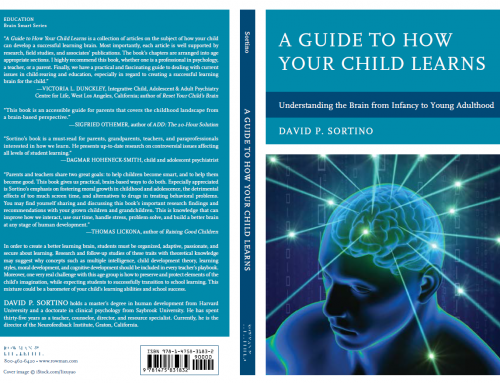We will learn in a year or so whether or not Common Core Standards is a successful program. Particularly, we will discover whether it lowers the consistent (high) school drop out rate, which can run between 45 and 55% respectively (inner city) or if the program has raised the drop out rate. The state will always have a percentage of students who will excel regardless of the educational philosophy. Another percentage of students will get by and another percentage of students will simply fail and/or drop out.
When a student drops out of school, his problems are not short-lived; rather that failure can become a lifetime of unsuccessful ventures, affecting all of society — socially, educationally and monetarily. (In the state of California alone, dropouts are estimated to be responsible for 1.1 billion dollars in annual juvenile crime costs (Anderson, M., 2012). Such students often end up seeking other safety nets such as gangs, drugs, delinquency and crime, teen-age pregnancy etc. In fact, in Washington State alone, 73% of adult inmates had previously served time in a juvenile detention facility (OJJDP, 2005).
One of many reasons for the high school drop out rate is that a prescribed curriculum for all students does not take into account different student learning styles. For example, over a three-year period, I administered vocational interest assessments to over 100 juvenile offenders in order to discover if perhaps different learning styles are part of the cause. The results were startling. Almost 90% of males scored highest in realistic and conventional vocational interests and 85% of females scored at social and artistic vocational interests. For both groups, the assessment scores defined vocational/ interests associated with juveniles who are highly kinesthetic, needing to use their bodies to learn and express their intelligence. For males such curriculums could be carpentry, electrical work, and plumbing. For the females a kinesthetic program could include training for preschool teachers, nurses, hairdressers etc. In addition when schools attach learning styles to vocational interests they are also attaching sense and meaning to learning and intelligence. That is, a curriculum lacking in sense and meaning for kinesthetic learners could negate motivation and could be a possible cause as to why students drop out of school. Moreover, creating sense and meaning in the curriculum for kinesthetic students could benefit the working area of the brain as well as satisfy the students’ personal needs, values and interests, which would reduce the drop out rate and the incidence of school and social crimes.
One reason why juveniles rarely have problems staying on task in driver’s education classes is because driver’s education is high in sense and meaning, due to the reward of driving, as well as the need to legally know what they are doing behind the wheel (Sousa, D. 2006). Instead of producing boredom and anxiety, the curriculum could reverse the learning process, creating sense and meaning; thus allowing higher learning potential, intelligence and school success. All students need sense and meaning attached to their curriculum, but for school drop outs, it is imperative that kinesthetic curriculums be included.
We continue to provide fixes to our educational system such as the No Child Left Behind Program and now the Common Core Curriculum. Unfortunately, unless we recognize that students have different learning styles, particularly those at-risk learners, the drop out percentages could stay the same. Bottom line, we might end up back where we started, looking for another panacea to our educational system. One solution would be to create technology high schools that support both a kinesthetic and/or physical learning style supported by the Standard Core Curriculum. For additional information you can contact Dr. David P. Sortino at davidsortino@comcast.net


